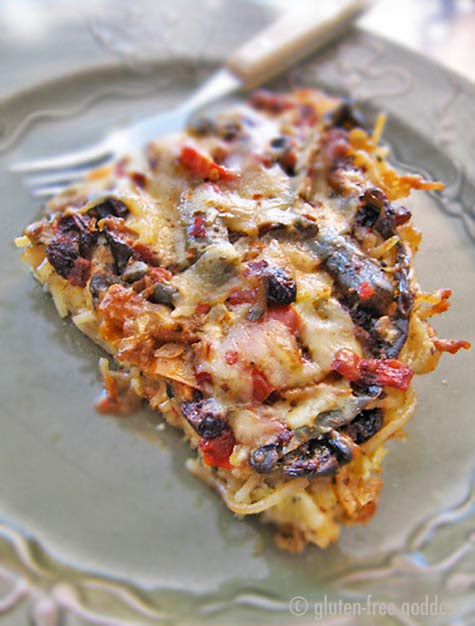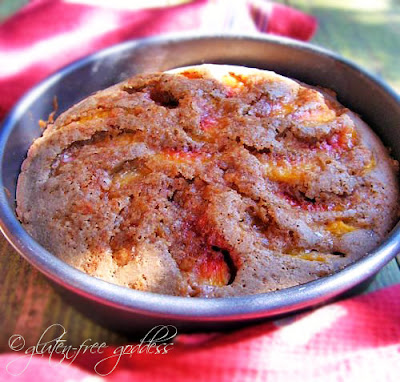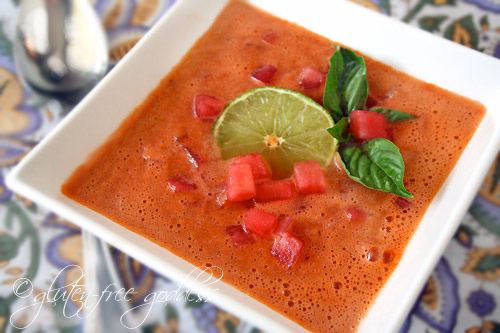Easy curry chicken stir-fry recipe.
Crazy Simple = Crazy Good
In time for the last hurrah of summer, I thought I'd share a crazy simple recipe favorite that is spicy and sweet, infused with curry. Because I love to mix up flavors (don't you?). I'm interested in how traditions influence, enhance and co-mingle. Perhaps because I'm an eclectic heritage bundle myself. And vegans, don't assume this recipe isn't for you. In fact, I make a vegetarian version of this recipe all the time. Use drained canned chick peas in place of the bird- it's a fabulous meatless and budget-friendly option.
California update: I'm more than a little sorry to report that we have- officially- entered our final countdown phase, preparing for an ETD early Thursday. Over the next few days we'll be busy cleaning our sweet little Santa Monica sublet and packing up the Honda Fit to head east, back to rural New Mexico, back to the coyotes. Just in time for roasted green chile season.
Casa Allrich has not sold, you see. We lowered the price again. And Bubela, it's a rock bottom bargain, embarrassingly less than what we paid for it three years ago. If the Real Estate Goddess proves kind and merciful she will finally (after 26 months on the market) smile upon us, send us a buyer and grant our humble wish- to accept our losses and move on with grace and clear eyes open to a future centered in Los Angeles.
 |
| Santa Monica, California |
It's been a dreamlike season here in Santa Monica. My fifty-sixth summer. I can hardly believe we've been here eight weeks already. Honestly and without irony, I ask you- where does the time go? I am deeply grateful for each and every minute spent in the company of our two sons. They inspire me and make me proud. I hope to be back here in Southern California quick as a wink to continue the conversation with these two.
Until then, I'll be blogging again from north of Santa Fe starting next weekend.
See you soon! xox
Chicken Curry Apple Stir-Fry Recipe
An easy weeknight stir-fry with warm harvest flavors this recipe can be a super fast toss-together dish by using bagged cole slaw mix and cooked chicken. For a vegetarian version, substitute the chicken with a can of drained chick peas.
Ingredients:
You'll need:
About 2 1/2 to 3 cups Art School Rice- recipe follows
2 tablespoons light olive oil
1 tablespoon red or green Thai Kitchen curry paste - hot or mild, to taste (start with less if you prefer it mild)
- hot or mild, to taste (start with less if you prefer it mild) 2-3 cloves garlic, minced
2 heaping cups finely shredded cabbage or slaw mix
3 large carrots, sliced into matchsticks
1 apple, peeled, cored, chopped
1/2 cup unsweetened apple juice, more if needed
1/2 cup golden raisins
2 generous cups of cooked chicken pieces* see notes
Instructions:
Heat a large deep skillet over medium-high heat; warm the light olive oil and curry seasoning. Add the garlic and stir briefly.
Add in the shredded cabbage, carrots, and apple; stir and cook for five minutes.
Add a half cup of apple juice and cook until the vegetables and apples are tender-crisp - about seven minutes. If you need a splash more apple juice, add it in.
Add the raisins, cooked chicken pieces, and cooked rice, and stir-fry until all the juice is absorbed and the chicken is heated through.
Serve immediately with a garnish of slivered almonds, if desired.
Serves 4.
Karina's Notes:
If you don't have cooked chicken on hand:
Cut 3 split chicken breasts into tenders. Stir-fry with the vegetables until no longer pink in the center- about ten minutes.
My hummus makes a tasty condiment for Asian inspired stir-fries and brown rice.
Art School Rice Recipe with Curry, Carrots and Raisins
I lived on this simple dish in art school. It was my favorite comfort food. Most often I would stir-fry the cooked rice with thinly sliced carrots, or sometimes fresh baby greens. Slivered almonds add protein and texture.
Ingredients:
1 cup long-grain brown rice, rinsed
1/2 cup unsweetened apple juice
2 cups water or light broth for added flavor
2 carrots, cut into matchsticks
1/4 cup golden raisins, diced apple, or any chopped dried fruit*
1/2 to 1 teaspoon gluten-free curry paste- mild or hot (I use Thai Kitchen)
Instructions:
Combine the ingredients in a rice cooker and follow the manufacturer's instructions - or - combine the ingredients in a saucepan and bring to a boil, cover; reduce heat to low, and cook for 40 minutes or until the liquid has evaporated.
Let the rice rest for 5 minutes before serving. Fluff with a fork and serve as is, or stir-fry the cooked rice in a touch of olive oil with slivered carrots, cashews, or baby spinach leaves.
Protein Boost Options:
Serve with a sprinkle of slivered almonds, pine nuts or chopped walnuts
Add drained canned chickpeas to warm through just before serving
Serve with a dollop of fresh homemade yogurt on the side
Serves 4.
Note-
If you are making this rice dish for the Apple Chicken Stir-Fry recipe, it is not necessary to add the raisins or apple.
Chopped apples, raisins and cinnamon make a perfect combo for breakfast.






























